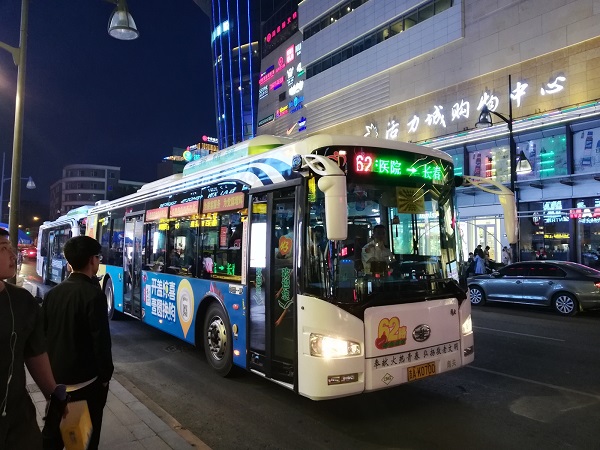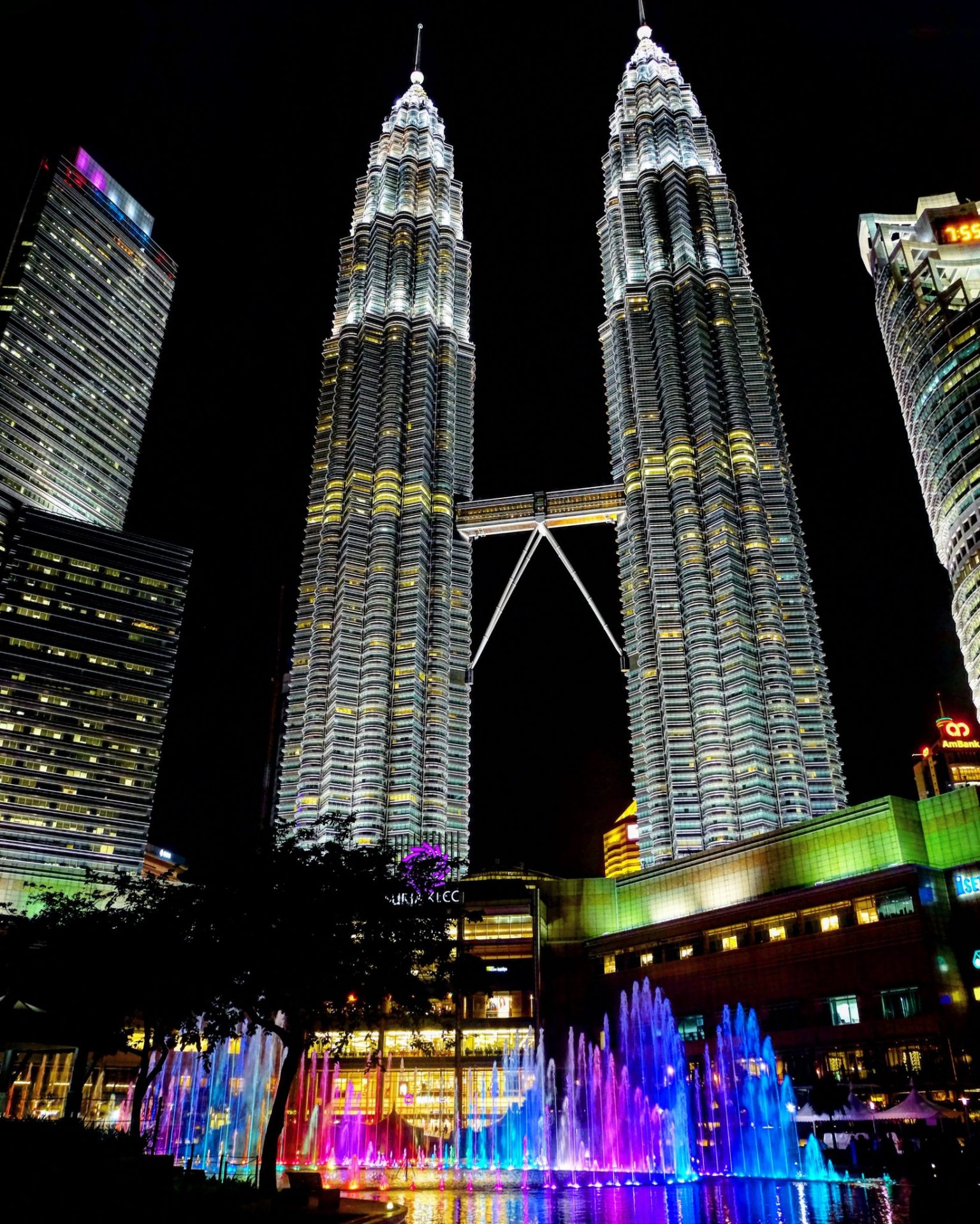Changchun is the capital and largest city of Jilin Province in northeastern China. As a city with over 7 million inhabitants, Changchun provides various public transportation options for its residents and visitors to get around. Here is an overview of the best and worst aspects of the main forms of public transportation available in Changchun.
Affordable and Convenient Taxis
Taxis are one of the most convenient and affordable ways to travel short to medium distances within Changchun. It costs around ¥5, or $0.72, to take a taxi for 2.4 kilometers. After the initial fare, additional miles only cost around $0.50 each. This makes taxis an inexpensive door-to-door transportation solution for those who do not wish to take public transit. While it can sometimes take a few minutes to hail an empty cab during peak hours, taxis are generally easy to find throughout the city. Drivers are also familiar with most locations, so there is little chance of getting lost. For residents and visitors who only need point-to-point transportation occasionally, taxis provide a reliable and low-cost option.
Extensive Bus Network
Buses are the most widely used form of public transportation in Changchun, with over 100 bus routes covering most parts of the city. waits for buses are usually quite short, around 5 minutes on most high-frequency routes. Fares are also extremely reasonable at just ¥1 per ride. The extensive network means that buses can take you to almost anywhere within the city. Popular routes like line 13 run buses every few minutes during rush hours to efficiently transport high volumes of commuters. For most intra-city bus transportation needs, the bus system is up to the task in Changchun. However, buses do get quite crowded during peak commuting times from 7-9am and 5-7pm on weekdays. It can be difficult to find a seat and standing room may be limited. The older buses also tend to be less clean and comfortable than modes like the light rail.
Growing Light Rail System
Changchun’s light rail system includes six lines spanning over 130 kilometers. Fares on the light rail are only marginally higher than buses at ¥3-5 per ride but provide a smoother ride in larger, air-conditioned carriages. While construction is still ongoing to expand the network, the light rail serves as a key transit backbone for many areas. Ideal for mid-distance commutes up to 30km, the light rail is quite popular for residents living further from the city center. Stations have more amenities and are generally larger than bus stops. Vehicles also allow for riding in a seat for the entire journey. However, the light rail does still see large passenger volumes during rush hour, making it difficult to board without waiting for multiple trains.
Developing Subway System
Considering Changchun’s growing population and urban sprawl, the municipal government recognized the need for an underground rapid transit system. Construction on the city’s first subway line began in 2005 and is scheduled for completion by 2018.
Once operational, the subway will provide a cleaner, faster, and higher-capacity mode of travel for long-distance commuters across Changchun. Initial plans lay out six subway lines that will eventually cover over 400 kilometers and dramatically change how residents experience transportation within the city.
While the network remains limited for now with only one short line, the growing subway signifies Changchun’s development into a modernized metropolitan area on par with other larger Chinese cities. In the coming years, the subway will undoubtedly become a core component of the public transportation architecture.
Alternative Mobility Options
While less common than buses, some residents also use alternative transport methods for shorter trips. Bicycles remain a favored option for traveling up to 5 kilometers when time or weather permits. Newer mobility startups have also introduced electric bike and scooter rentals in downtown Changchun. Through smartphone apps, users can locate and rent these “last mile” vehicles for point-to-point trips under 10 kilometers for competitive per minute rates. Ride-hailing services likeDidi Chuxing have also gained popularity in recent years. However, the larger spatial dimensions of Changchun along with lower population densities in some areas make such services less widespread than in other major Chinese cities for now.
Connecting to Other Transportation
While Changchun’s public transit handles the bulk of intra-city mobility demands, additional options exist for connecting to locations further afield. The Zhaoyang International Airport lies 30 kilometers southeast of the city center.
A direct airport bus runs between the terminals and downtown Changchun, making trips every 30 minutes. Taxis are also available but cost around ¥100 each way. For high-speed regional and inter-city travel, the Changchun Railway Station provides service on the Beijing-Harbin passenger railway with destinations across northern China.
Commuter trains and inter-city buses depart regularly from the station to nearby cities and provinces. well-established public transportation networks in other major population hubs ensure seamless multi-modal journeys for residents and visitors traveling within Northeast China.
Room for Improvement
While Changchun’s public transportation has greatly improved access and mobility for its growing population, some challenges remain. Buses and the light rail still become overcrowded during rush hours, reducing comfort. Expanding vehicle fleets and increasing frequencies could alleviate this issue. The limited subway network also constrains the capacity and speed of long-distance commutes. Fast tracking construction of additional subway lines aligned with developing urban and suburban areas will be important to support the city’s continued growth. Harsh winter weather remains problematic, with heavy snowfall sometimes disrupting or halting surface transportation. Investing in advanced snow removal equipment and applying superior road treatments could help mitigate these seasonal effects. Overall, opportunities exist to modernize further andintegrate Changchun’s transportationoptions. Continued public and private sector cooperationwill help transition the system to world-class standards matching the needs of a rising global economic center.

 Wishing Someone Well: Alternative Phrases and Thoughts
Wishing Someone Well: Alternative Phrases and Thoughts